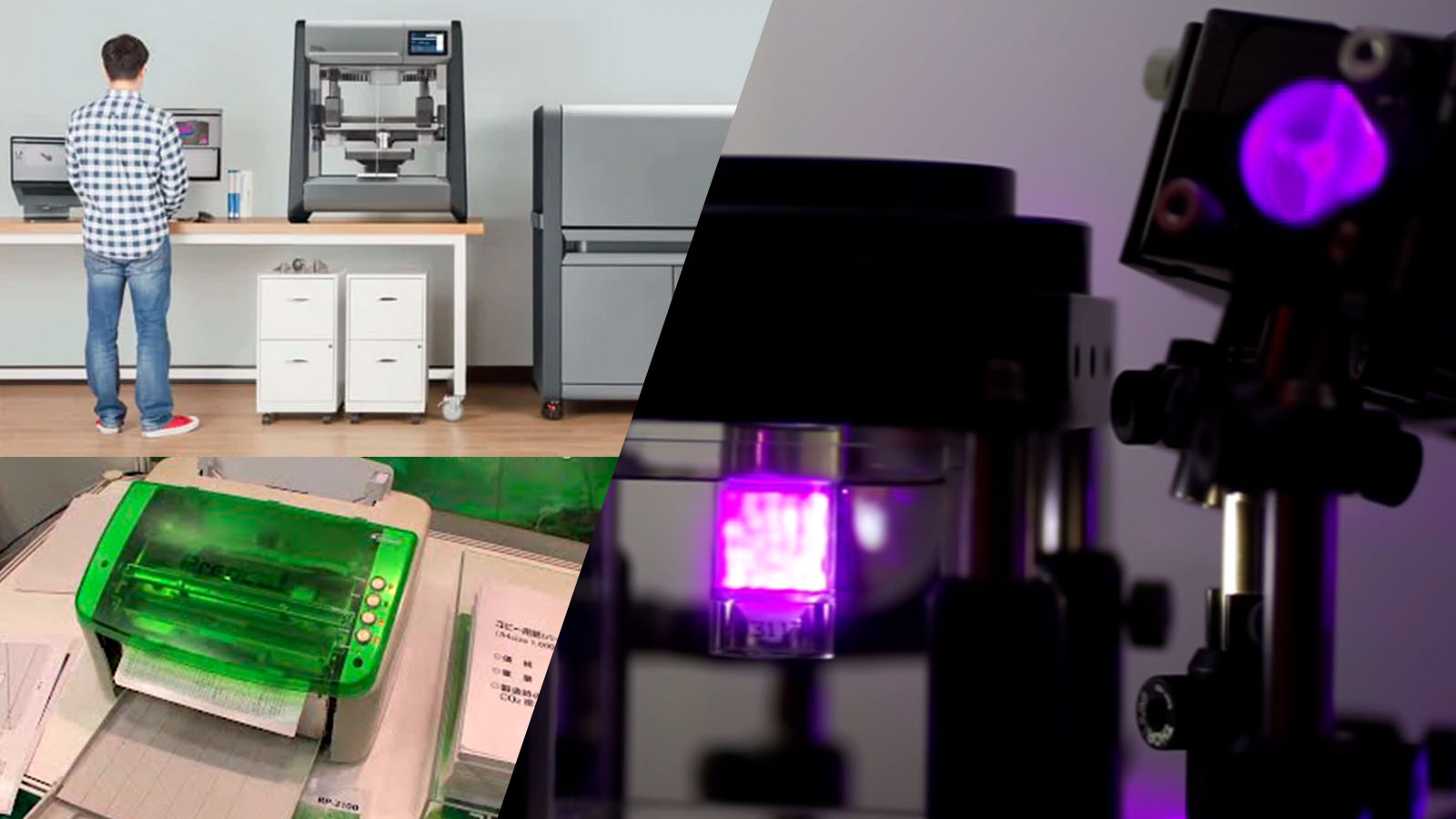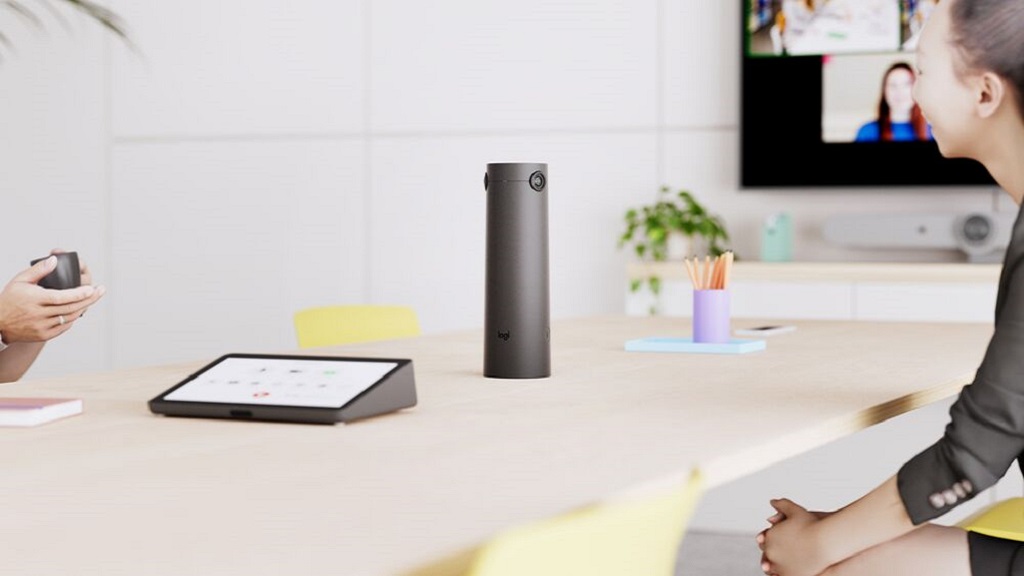
Although it may seem contradictory, there is a printer that works and prints paper but it has no ink. In the context of companies’ commitment to sustainable development and an ecological awareness that encompasses different areas, in which the printing sector is no stranger, the Japanese organization Sanwa Newtec decided to make an innovative commitment more than a decade ago.
The creation of an eco-friendly printer it works no ink, no toners, no paper It was a real revolution. The PrePear RP-3100 uses a thermal head that “prints” in black and white on a PET plastic “paper” whose content can be erased to be reused over and over again (up to 1,000 times each sheet). Its manufacturers assure that its use not only saves the cost of manufacturing sheets of paper but also prevents the emission of 5.7 kilograms of COtwo for each “folio” reused.
But this is not the only printer of the future. In fact, in the last decade we have seen how the way of printing has advanced quite a bit, with the implementation of numerous technological innovations.
3D metal printers
The future of production lies in the 3D metal printers that are currently created by the North American startup Desktop Metalwhich was founded in 2016 by MIT professors and has obtained funding from General Electric (GE), BMW and Ford, according to AECOC.
Metal 3D printing is complex. This is because it is difficult to get the printer to eject molten metal in the same way it does polymer, as the machines would have to work at very high temperatures to keep the metal molten. MIT researchers have designed a new technology called binder flow printing in which powdered metal is mixed with polymer. The polymer hardens and then a furnace burns off the polymer, melting the metal in a phase called sintering. The company has been selling two types of 3D printers since 2019:
- Studio, for the creation of metallic prototypes. This machine will extract the pulverized metal mixed with the polymer to create 3D objects.
- industrial production system, which is the first metal 3D printer that can mass print. The machine sprinkles metallic powder in a pattern indicated by a digital folder and deposits the binder in a single pass, creating a layer 50 micrometers thick. The process is a hundred times faster and 80% cheaper than previous 3D printer prototypes. Desktop Metal could manufacture 546 hydraulic valves in one day.
A model 30 times faster
The truth is that technology advances at great speed, and what was created in 2019 already has different updates. And it is that current 3D printers have the big problem that they are very slow when it comes to printing parts. Some designs can take many hours and in the event of a printing error or any other unforeseen event, start over and a lot of time wasted. Researchers at a Swiss university have developed a resin for 3D printer that reduces printing time by 30 times.
Researchers at the École Polytechnique Fédérale de Lausanne (EPFL) in Switzerland have found a new technology for 3D printing. They have created a light-curing resin and light beams for solidification of precisely chosen resin areas. In addition, they have discovered that this process reduces the printing time by 30 times compared to current filaments.
In this new process, according to Hard Zone, through light pulses, specific areas of the resin can be hardened. The idea arose about five years ago by scientists at EPFL. It has taken a long time to refine this process and have confidence in that process. Now they can say that they have developed the world’s fastest 3D printer.
Currently, 3D printers work by means of a filament that is melted by an extruder that moves to form the shape. This process is extremely slow, since the final object is built in layers. We have drying times, something that quite limits the manufacturing times of the pieces.



